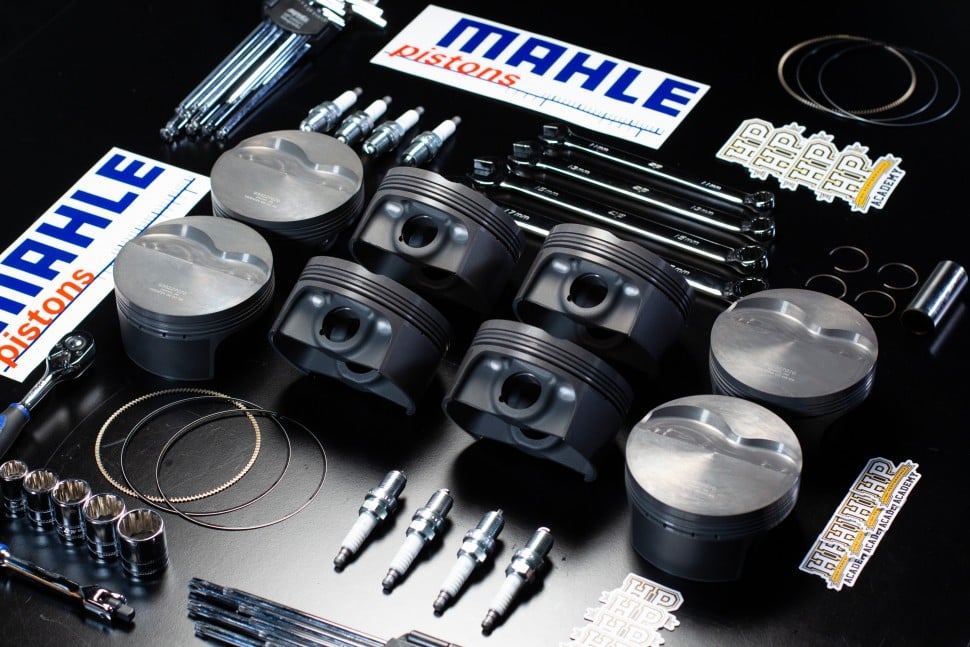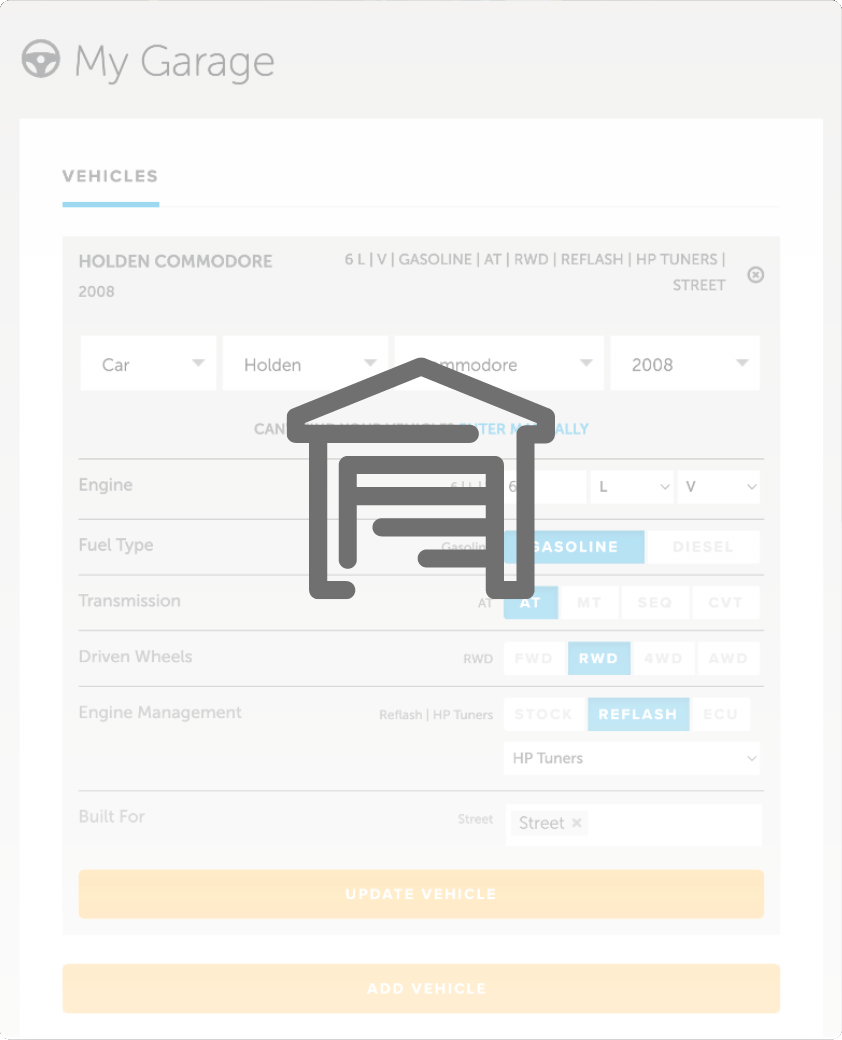While the driver is the face of success on a race team, there are a lot of people behind the scenes that make a race day successful, and the race engineer is the ultimate shot caller from this group.
Race Engineer, Driver and Race Radio Specialist Aaron Harris of Harris Race Radios spent some time with Andre Simon at PRI to go through exactly what a Race Engineer/Data Engineer does to help a driver get the most from a car to push for a successful result for the team and how even a relatively basic data logging system is incredibly powerful.
At the beginning of a race weekend, the first session is used to check the vitals of the car to best ensure a reliable platform is on hand to then dial in for the driver and/or conditions. Aaron notes it is essential to analyse all the data and video from such session rather than just focus on a good or bad lap alone as no driver is perfect every lap and incidents with traffic, brake lock-up or small errors can look drastic at a glance from a single lap but can end up being of no consequence within the bigger picture.
The go-to adjustments on a car are very class and car specific, but using the 5.0L NA V8 Australian Supercars feeder, the Dunlop Super2 Series which essentially uses retired Supercars with relatively minor changes as an example, Aaron runs through the go-to checks for corner entry understeer which start with checking braking pressures to ensure the driver is utilizing them correctly and then moves into the option of making physical changes via the rear roll center. Also discussed are some of the options drivers might have on hand to adjust braking bias and sway bars to account for tyre wear and fuel burn, and in some extremes adjusted for specific corners on the fly by alien drivers like Shane van Gisbergen.
An interesting fact is the way feedback is handled from Professional vs Amateur drivers where for the former the car is set up according to the data, and the driver will get the most out of it even if what they are saying contradicts what the data is showing. In contrast, an Amateur driver will have their concerns adjusted since they won’t have the confidence to go fast if the car isn’t doing what they expect. Of course, there will be some middle ground in there too.
Also discussed is inside vs outside wheel grip, how data doesn’t lie about driver feedback that could cost engineers time chasing their tails for no reason, the 2 key inputs you want from a basic data analysis setup and why V8 Supercar drivers hit the curbs so high and fast when compared to other motorsport disciplines.
Want to learn how to do your own motorsport wheel alignment? Start with a FREE live lesson.






Comments
No one has commented on this page yet.